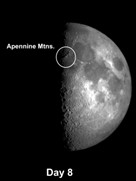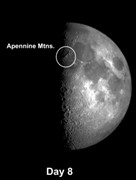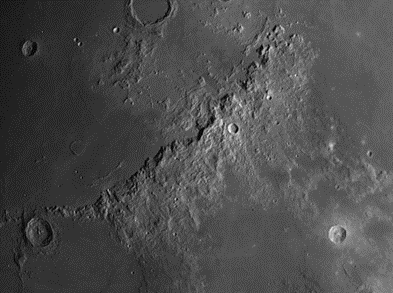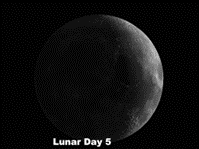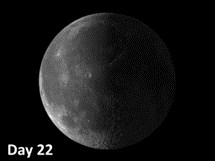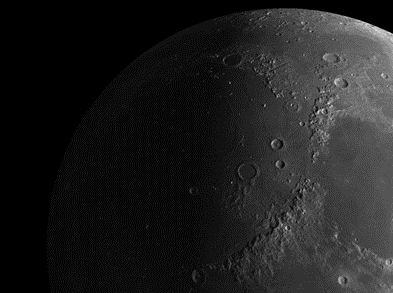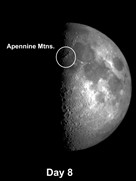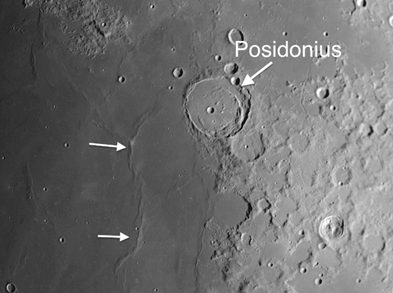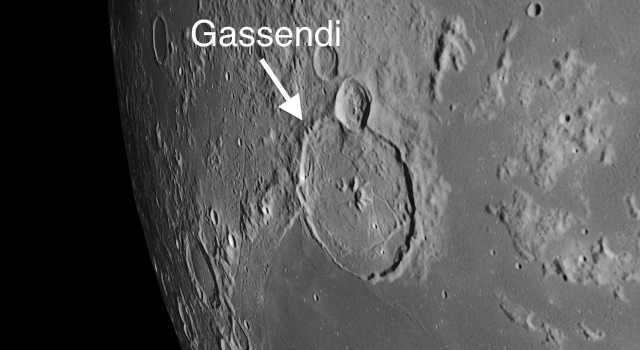The week of February 12-18 takes us from Day 3 to Day 9. This week we will highlight Montes Apenninus, located in the NW quadrant of the field map and viewable on Friday evening. Montes Apenninus: The Apennine Mountain Range
Most Spectacular Feature on the Moon – Apennine Mountain Range
